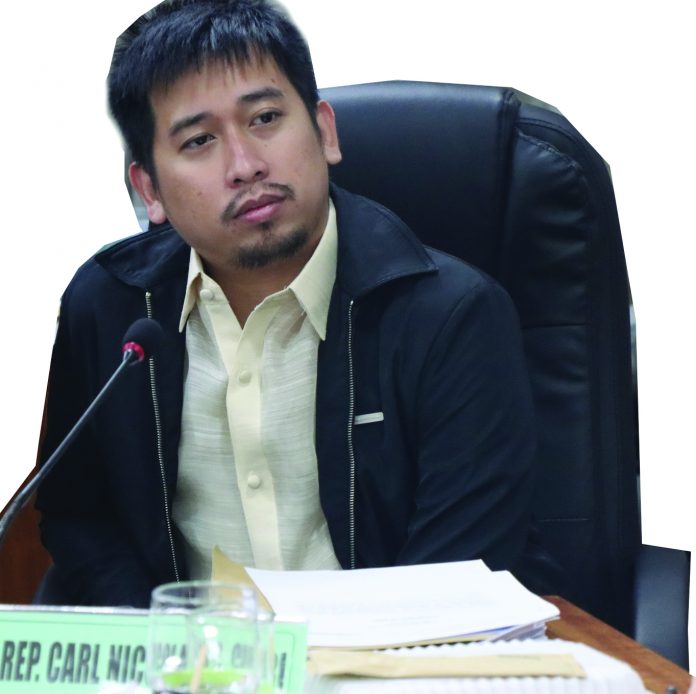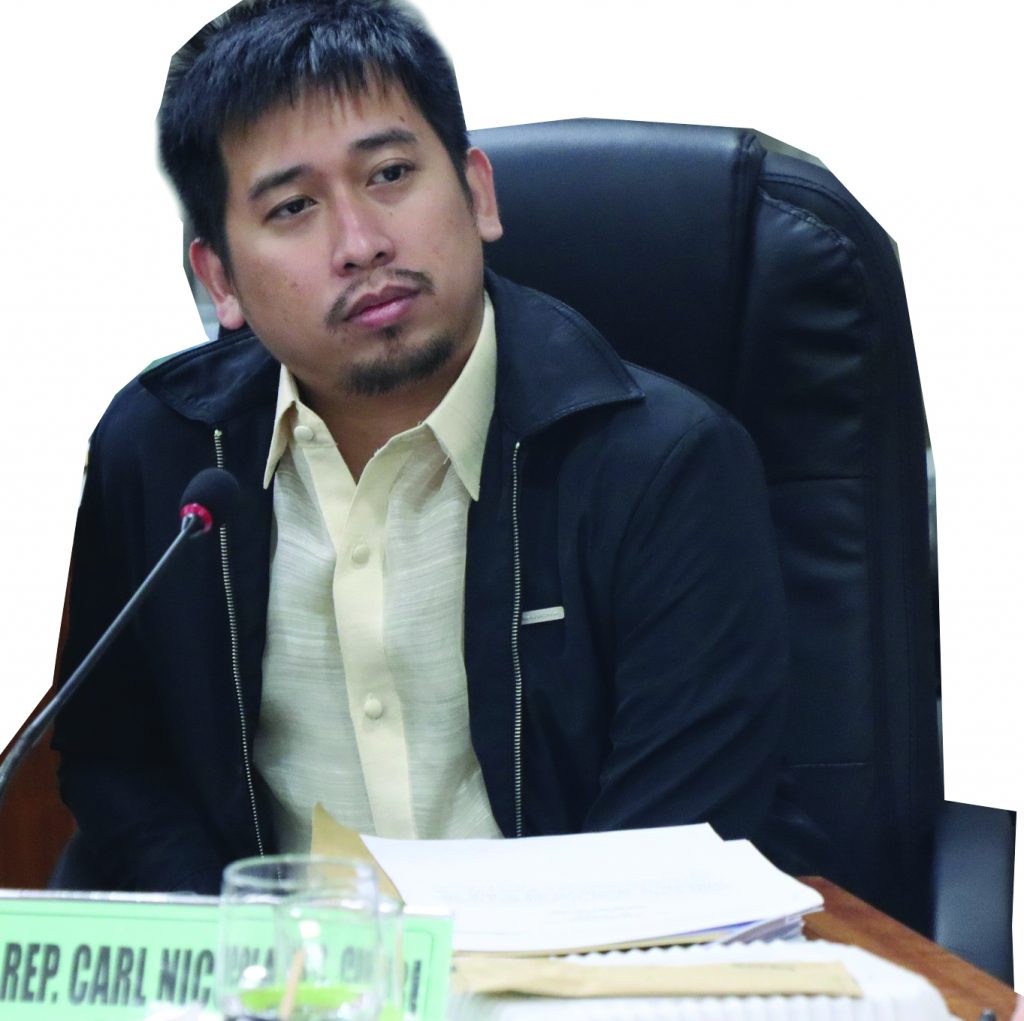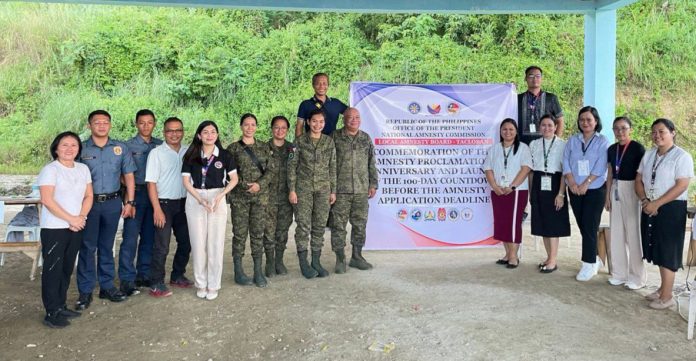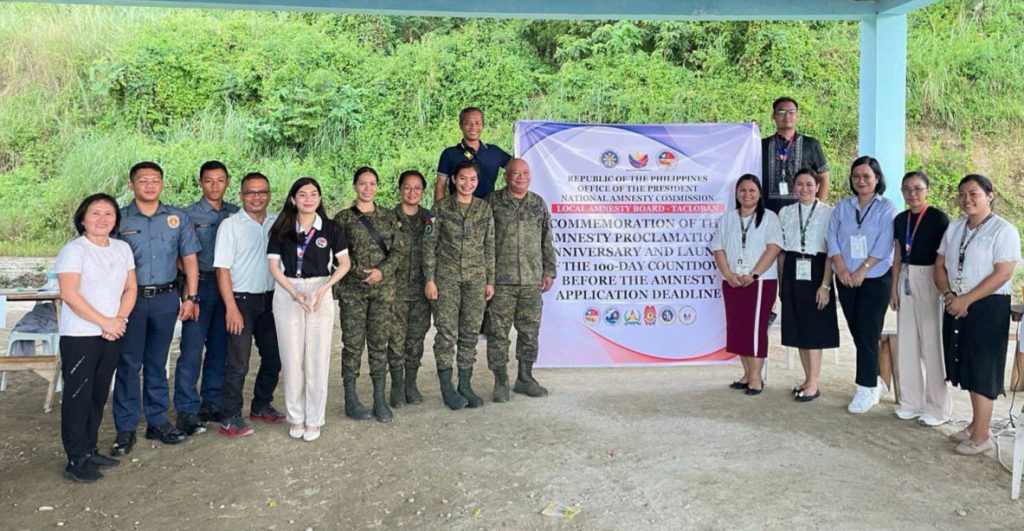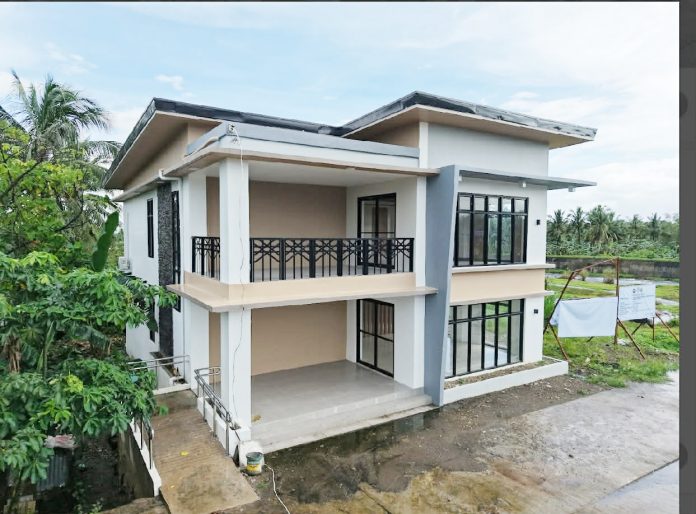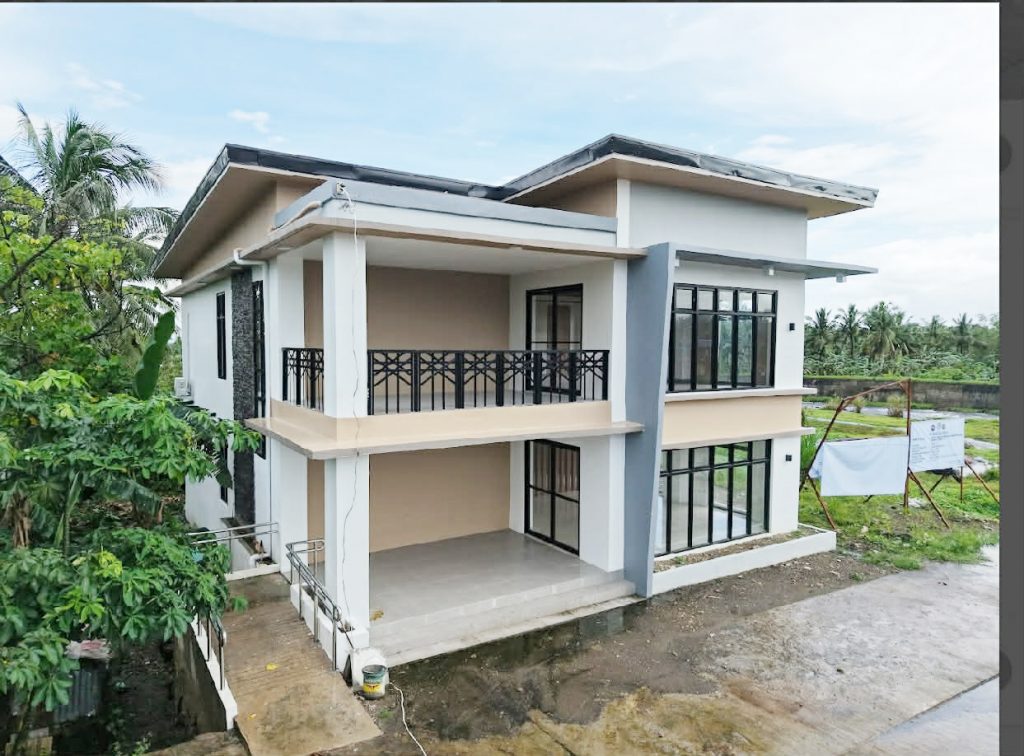But rejects turbines in protected watershed

TACLOBAN CITY — Calbayog City Mayor Raymund Uy clarified that he is not against the establishment of a major wind energy project in the city but firmly opposes the inclusion of a critical protected area in the project’s construction plan.
The project—spearheaded by Singapore-based Vena Energy through its local subsidiary, Gemini Wind Energy Corp. (GWEC)—proposes the installation of 37 wind turbines spanning parts of Calbayog City in Samar and the neighboring town of San Isidro in Northern Samar. Of the 37 turbines, 13 are planned to be built inside the Calbayog Pan-as Hayiban Protected Landscape (CPHPL), a key ecological zone that contains the city’s primary watershed.
“Of the 37 wind turbines that are to be constructed, only 13 are located within the protected area. The remaining 24 are outside the CPHPL,” Mayor Uy said in an interview with Leyte Samar Daily Express.
Uy stressed that these 13 turbines could endanger Calbayog’s watershed, which supplies the city’s potable water. He noted that the city already faces challenges during strong typhoons and heavy rains, when water becomes murky or supply decreases. Further disturbances—particularly tree-cutting, land clearing, and heavy construction—could aggravate the situation.
“It is our main water source,” the mayor emphasized, warning that the wind farm’s intrusion may increase risks of flooding, soil erosion, and water contamination.
The CPHPL was declared a protected area in 1988 and is currently covered under Republic Act 11038, or the Expanded National Integrated Protected Areas System (E-NIPAS) Act of 2018, which prescribes strict zoning for protection and limited multiple-use activities.
Uy reiterated that he fully supports the expansion of renewable energy, emphasizing its vital role in mitigating climate change and ensuring long-term energy stability. However, he stressed that environmental protection and community safety cannot be compromised.
“What I am opposing is that the project will cover our protected area,” he said.
The Calbayog City Council echoed Uy’s position, passing a resolution on Nov. 5 strongly opposing the inclusion of the watershed in the wind farm plan.
The P20-billion project is expected to generate 304 megawatts of renewable power—significantly more than Calbayog’s current energy demand of around 20 MW. It has gained support from several provincial leaders, including Samar Governor Sharee Ann Tan and Northern Samar Representative (and former governor) Edwin Ongchuan, who both highlighted its potential benefits such as improved energy stability, increased local revenue, and job creation.
Mayor Uy said he has already discussed the matter with Governor Tan, who he noted was receptive to the city’s concerns.
In response to environmental issues raised by local officials and stakeholders, Vena Energy assured that the project will comply with all relevant environmental laws and conservation protocols. The company said that only 24 hectares—or 0.48% of the entire 5,067.93-hectare protected landscape—will be directly affected.
Despite these assurances, Mayor Uy remains firm in advocating for the complete exclusion of the protected watershed from the project’s construction plan, stressing that Calbayog’s water security is non-negotiable.
JOEY A. GABIETA


